October 14th, 2019. 2:00-2:40 p.m. Fall has come! It is 72 degrees Fahrenheit outside and it is a tad brisk due to the southwest wind I am now familiar with. Thankfully the warm sun still warms my skin as I sit and observe. This weather is almost exactly as it is back in California, but the constant breeze back home is from the ocean, so it carries more moisture and salt with it.
I am intrigued by grass. I know it’s weird, but ever since I first began learning about grass, I have been interested in it. Grass can withstand the snow and harsh temperatures and grow back after months of snow, it can grow almost anywhere, and it comes in a myriad of shapes and sizes. At my sit spot, there is several grass types surrounding me, but ever since the beginning this one species has always stuck out to me.
Its lengths vary dramatically, from a mere 4 inches to 12-16 inches in length. The stalk itself is sturdy and round, unlike most other types of grass. What drew me to this breed of grass specifically is the long, flat blade that lies perpendicular to the top of the stalk of the grass. The grass itself is a deep green color. They are all concentrated around the outer rim of the pond and seem to lean towards the water. I also noticed that their blades all face either Southwest or West. I thought this may be due to competition for sunlight, since there are so many grass types in a concentrated area. Further, I think they face the same direction and are flat is to get the most amount of sunlight so they can photosynthesize faster, allowing them to grow taller and outcompete the other shorter grasses nearby. The blades on top seem extremely firm, as the .5 inch tip of the blade is the only part that moves, aside from the stalk itself. I observed insects and dragonflies in past sit spots land on these blades, possibly because they are extremely sturdy and easy to reach from the air.
I identified my grass! It is called Virginia Wildrye (Elymus virginicus). This grass originated from North America and can be found in areas from Arizona all the way to Virginia. Sometimes it can be found in the south of Canada as well. The Virginia wildrye is usually found in the edge of forests and in shaded banks. After attaining this knowledge, I am not surprised to have found it in such abundance at Oyster Pond. Oyster Pond is on the edge of a forest and is mostly shaded by the beautiful trees surrounding it.
The Virginia Wildrye is an extremely versatile type of grass. It can easily adapt to inhospitable environments and can survive in droughts and drier spells. However, it typically enjoys more rich and moist soil, making their location pond-side perfect to fit their needs. According to the dark web, Virginia Wildrye has a blue tint in its nodules, which I didn’t notice during my observation. This may be due to the knowledge that they bloom in the early spring, and it is currently fall, so the nodules my not be as present to the naked eye. They are also good as food for various types of birds.
References Cited:
Elymus virginicus. (n.d.). Retrieved from http://hoffmannursery.com/plants/details/elymus-virginicus.
USDA Natural Resources Conservation Service: Elymus virginicus L. Virginia wildrye. (n.d.). Retrieved from https://plants.usda.gov/core/profile?symbol=ELVI3.
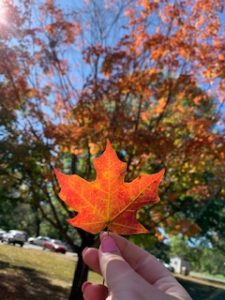
A leaf I found while walking to my sit spot. Fall is here!
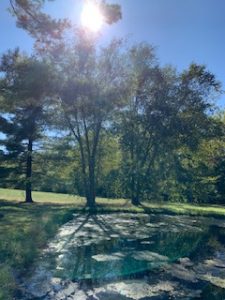
A canopy that is competing with the grass for sunlight.
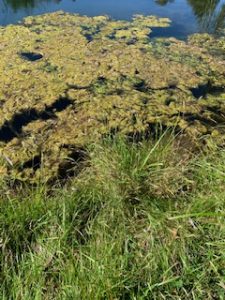
An example of all the different grasses competing for sunlight.
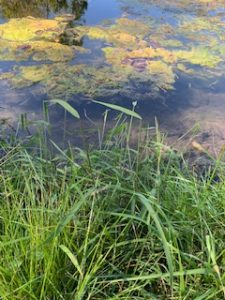
Here is a close up of the Virginia Wildrye.
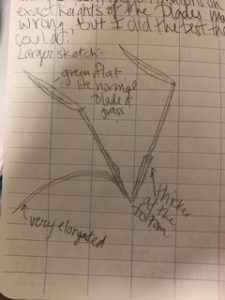
In case the pictures aren’t clear enough, this is my sketch of this grass.


Hello! Beautiful post! I too was fascinated with this specie of grass at my sit spot too. I like how you really observed the way the plant was oriented in it’s environment and made assumptions as to why they were like that. You’re thinking like a real scientist!